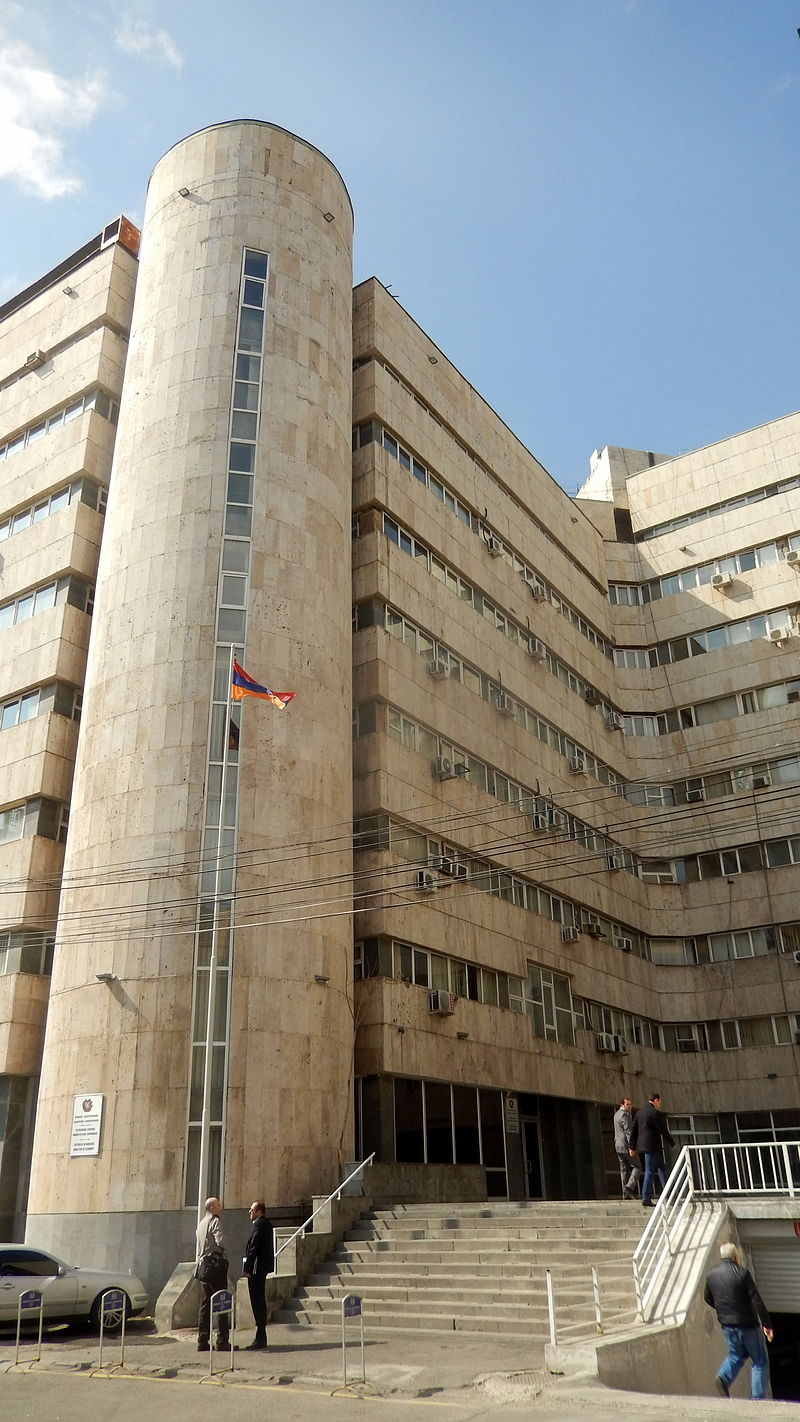Armenia’s public debt has surged to over $12.6 billion during Prime Minister Nikol Pashinyan’s tenure, effectively doubling since he took office, according to official data.
Statistics from Armenia’s Statistical Committee reveal that the debt, primarily accumulated by the government, increased by approximately $800 million over the past year despite the country experiencing robust economic growth. Projections indicate this trend will persist into next year.

Debt servicing costs are also on the rise. In 2025, nearly 11.5 percent of Armenia’s projected budget expenditures—amounting to roughly 3.5 trillion drams ($9 billion)—will be allocated for this purpose.
The burden of debt servicing has grown in recent years due to the rising proportion of internal debt, primarily stemming from government bonds and treasury bills. These financial instruments carry market-based interest rates significantly higher than the concessional loans offered by entities like the World Bank and International Monetary Fund.
Tadevos Avetisyan, an opposition parliamentarian, voiced serious concerns over these developments. He recalled that Pashinyan had criticized the previous government for increasing the national debt prior to taking office in May 2018.
“In 2018, our state debt was around $6.4 billion,” Avetisyan said.
In response, Garik Petrosyan, a senior official at the Ministry of Finance, downplayed the concerns. He emphasized that the debt-to-GDP ratio is projected to decrease to 53 percent by the end of 2024, compared to 63.5 percent in 2020 and 60.3 percent in 2021.
“There are no significant issues,” Petrosyan stated, asserting that the government is effectively managing associated budgetary risks.
However, with economic growth slowing, the government is adopting a more cautious fiscal approach. Finance Minister Vahe Hovannisian recently emphasized the need for more frugal public spending and modest increases in tax revenues for 2025.




